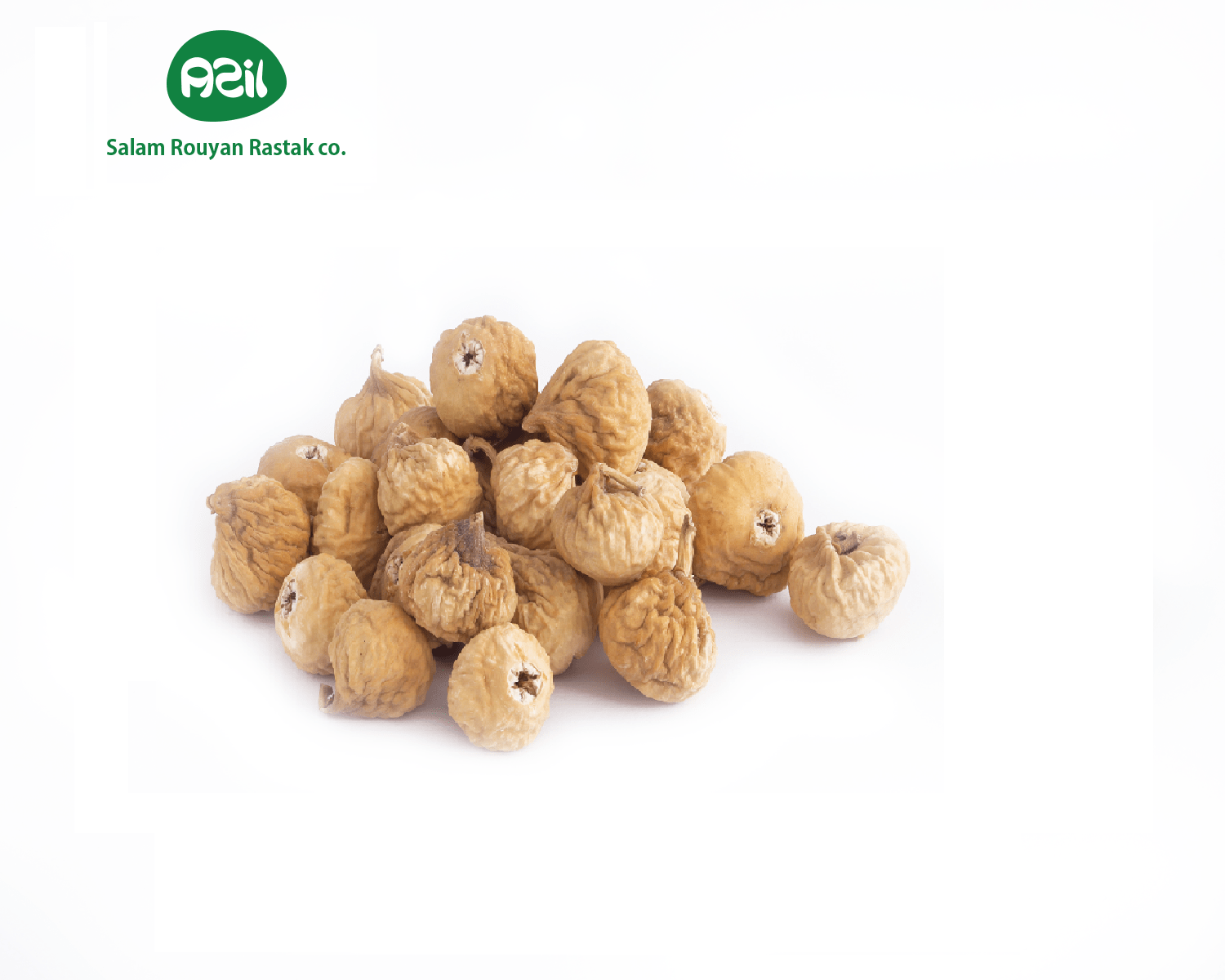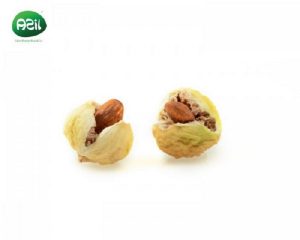Persian Figs in Spiritual Ceremonies
Persian figs, with their luscious sweetness, hold a special place in Iran’s spiritual ceremonies. Known as “anjeer,” these fruits symbolize peace and are shared during sacred rituals. For example, families offer them at Zoroastrian fire temple gatherings to seek blessings. This article explores how Persian figs deepen spiritual practices, their historical importance, and their health benefits. We’ll also dive into their cultivation, preparation, and global appeal. As exporters of saffron, nuts, and more, we share Iran’s finest anjeer too. So, discover why these fruits are a ceremonial gem, how they’re used in Persian rituals, and why they’re cherished worldwide. Join us to explore this sweet treasure and see what makes it a Persian spiritual essential!
Introduction
Persian figs bring a luscious sweetness to Iran’s spiritual ceremonies, enriching sacred rituals with their meaning. Iranians call these fruits “anjeer,” growing them in regions like Estahban, and they symbolize peace in traditions. Families share this sweet treasure during religious events to connect with their heritage. We export saffron, nuts, and dates, but this isn’t just about trade—it’s about their role in spirituality. Therefore, this article explores how Persian figs enhance ceremonial practices, their historical importance, and their health benefits. Let’s uncover this sacred tradition!
Persian Figs in Zoroastrian Rituals
In Persian culture, families use Persian figs in Zoroastrian rituals to seek blessings. They often offer anjeer at fire temple gatherings as a symbol of purity. For instance, many place these fruits on the altar during prayers for peace. Also, they share this sweet treasure with attendees to spread goodwill. This practice fosters a sense of unity, so Persian figs are a Zoroastrian essential.
Anjeer in Islamic Ceremonies
Beyond Zoroastrianism, anjeer plays a key role in Persian Islamic ceremonies. During Muharram, families distribute Persian figs to mourners as a gesture of solace. They also include this sweet treasure in charity meals for spiritual merit. Another custom involves using anjeer in Eid al-Fitr celebrations to mark the end of fasting. These rituals often bring communities together, showcasing shared faith. As a result, this sweet treasure holds a sacred place in Islamic events.
How Farmers Cultivate This Sweet Treasure
Farmers carefully cultivate this sweet treasure to ensure it’s ready for ceremonial use. The process starts with planting fig trees in spring, so fruits ripen by late summer. They water the trees regularly to support growth in dry regions. Then, they pick anjeer by hand when they turn purple or golden. Finally, they dry the figs in the sun to preserve their sweetness. This method keeps Persian figs fresh for rituals across Iran.
Preparing Persian Figs for Ceremonies
Families prepare Persian figs to enhance their role in spiritual ceremonies. For example, they stuff anjeer with walnuts for a special offering at fire temples. They also soak this sweet treasure in rosewater for a fragrant treat at Islamic events. Another method involves chopping these fruits into sweets for charity gatherings. Some even blend anjeer into a paste for traditional desserts. Because of these preparations, this sweet treasure elevates every ritual.
Health Benefits of This Sweet Treasure
This sweet treasure offers health benefits that suit ceremonial occasions. Persian figs contain fiber, aiding digestion during shared meals. They also provide natural sugars, giving energy for long rituals. Moreover, their potassium supports heart health, a relief for attendees. Their antioxidants may even reduce stress, per studies. Therefore, sharing anjeer during ceremonies means sharing wellness with every bite.
Historical Importance of Anjeer in Rituals
In Iran, anjeer carries deep historical importance in rituals. Using Persian figs in ceremonies dates back to ancient Persia, symbolizing fertility. Historical texts mention this sweet treasure in Achaemenid offerings for divine favor. Also, anjeer often appeared in Sassanid spiritual feasts to honor deities. In modern times, these fruits connect Iranians to their past during events. Consequently, this sweet treasure weaves history into Iran’s spiritual practices.
Figs and Iran’s Spiritual Heritage
Iran’s spiritual heritage thrives with this sweet treasure. Farmers in Estahban grow Persian figs, supporting communities who rely on them for ceremonies. Since they’re a sacred fruit, using anjeer in rituals shows cultural pride. Bazaars buzz with sales of these fruits before religious events, delighting families. We export saffron, nuts, and these treasures, connecting them to Persian heritage. Thus, this sweet treasure remains a cornerstone of Iran’s spiritual traditions.
Global Appeal of Persian Figs
Around the world, people embrace this sweet treasure in their own spiritual practices. Its natural sweetness makes it a favorite for global celebrants creating meaningful rituals. For example, Turkish families use Persian figs in Ramadan meals, adding an Iranian touch. Also, global markets sell anjeer for ceremonial recipes, spreading its charm. In India, people include these fruits in meditation retreats for nourishment. Iran shares this sweet treasure worldwide, so its spiritual appeal grows.
Challenges with Using This Fruit
Using this fruit for ceremonies can face hurdles. Drought in Estahban, for instance, reduces fig harvests, limiting supply for rituals. Pests like wasps sometimes damage trees, affecting quality. Additionally, drying Persian figs properly takes skill to maintain their flavor for ceremonies. However, Iran ensures these fruits remain available for spiritual traditions. This effort keeps the heritage alive despite challenges.
Opportunities to Share Ceremonial Anjeer
The future offers chances to expand these ceremonial traditions. This sweet treasure in ritual kits could, for example, become a global trend for families. Creating anjeer-based snacks for international markets is another idea. Furthermore, celebrants worldwide could buy these fruits online for their rituals, extending their reach. We’re committed to sharing these treasures for global ceremonies. So, these opportunities ensure this sweet treasure has a sacred future ahead.
How to Choose the Best Persian Figs
Looking for the best anjeer for your ceremonies? Check for a soft texture—they shouldn’t feel hard, ensuring freshness. Also, look for deep purple or golden figs, a sign of quality. Taste them for a rich, sweet flavor, perfect for rituals. Source them from us because we guarantee the best anjeer for your needs. This way, you’ll have top-quality fruits for every spiritual moment.
Figs in Global Spiritual Practices
Globally, this sweet treasure enhances rituals in unique ways. In Iran, for instance, families use anjeer in Zoroastrian rituals to seek blessings. Turkish celebrants add these fruits to Ramadan sweets for a sacred touch. In India, people include this sweet treasure in yoga retreats, symbolizing peace. You can also use anjeer in meditation snacks for nourishment. These practices show how Persian figs bring meaning to global rituals.
The Future of This Sweet Treasure in Rituals
Looking ahead, this sweet treasure will shine in spiritual rituals worldwide. New irrigation techniques can combat drought, so supplies remain steady for ceremonies. Also, people increasingly seek authentic ingredients like anjeer for their rituals. We’re ready to share this awesome fruit, along with saffron and more, for global traditions. Therefore, this treasure will remain a ceremonial favorite for years to come.
Conclusion
This sweet treasure blends luscious flavor with the meaning of spiritual ceremonies in Iran and beyond. Its taste, historical role, and health perks make it beloved in rituals. If you’re planning a ceremony, anjeer invites you to add a Persian touch. We deliver Iran’s best with care, so you can trust our quality. Want to try it? Contact us to get this sweet treasure for your next ritual. Let’s share this sacred delight together!


